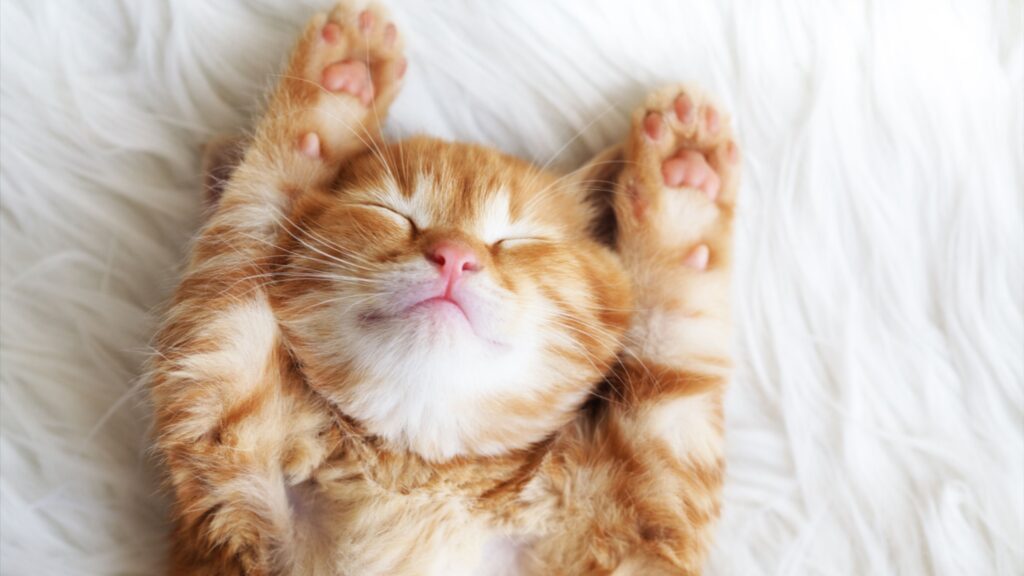
Introduction
Cats have held a special place in human hearts for millennia, offering solace, camaraderie, and delight to countless households. Upholding the health and contentment of our feline friends requires a profound understanding of the factors that contribute to their overall welfare. This comprehensive guide delves into the pivotal facets of feline well-being, covering physical vitality, cognitive engagement, social relationships, and environmental accommodations.
Physical Health
a. Nutrition:
A balanced diet is the cornerstone of a cat’s physical well-being. It’s not just about providing sustenance, but about ensuring that every meal is a source of essential nutrients. This includes high-quality proteins that support muscle development, amino acids for a lustrous coat, and micronutrients for overall vitality. Remember, cats are obligate carnivores, so their diet should primarily consist of animal-based proteins. Consulting with a veterinarian is not only recommended; it’s crucial. They can help tailor a diet specific to your cat’s age, weight, and any special health considerations they may have.
b. Regular Veterinary Care:
Scheduled visits to the veterinarian are akin to proactive healthcare for your cat. It’s during these visits that potential health issues can be detected and addressed early. Vaccinations, dental check-ups, and parasite control are all integral parts of your cat’s healthcare regimen. Additionally, as cats age, their nutritional needs may change, making regular check-ups even more vital in ensuring their diet remains optimal.
c. Exercise and Activity:
Exercise isn’t just about physical health; it’s about mental stimulation too. Engaging play sessions are not only enjoyable for your cat, but they also help maintain a healthy weight, improve muscle tone, and prevent obesity-related issues. Toys that mimic prey, like feather wands or interactive laser toys, tap into their natural hunting instincts. Furthermore, climbing structures, such as cat trees, offer a great way for them to get both exercise and mental stimulation. If your environment allows, supervised outdoor exploration provides an additional dimension of sensory experience.
Mental Stimulation
a. Enriching Environment:
Cats are inquisitive creatures by nature. Providing an environment that caters to their instincts is essential for their mental well-being. Scratching posts serve not only as nail maintenance but also as a territorial marker, offering them a sense of ownership and security. Climbing structures not only provide physical exercise but also a sense of elevated security, akin to their natural perch in the wild. Interactive toys, like puzzle feeders, engage their problem-solving skills, keeping them mentally sharp.
b. Environmental Enrichment:
Variety is the spice of a cat’s life. Rotating toys, introducing new scents, and creating hiding spots keeps their environment dynamic and intriguing. Cats thrive on novelty and exploration. New scents can stimulate their senses, while hiding spots provide a sense of security. This constant change in their environment prevents boredom and keeps their minds engaged.
c. Interactive Play:
Playtime isn’t just about physical activity; it’s also a bonding experience. Experiment with different toys to discover which ones truly captivate your cat. Some may prefer toys that mimic prey, while others might be drawn to toys that make noise or have interesting textures. The key is to observe their reactions and cater to their preferences.
Social Interactions
a. Companionship:
Cats are often seen as independent creatures, but they also crave companionship. Spending quality time with your cat strengthens the bond between you and contributes to their overall sense of well-being. It’s a time for mutual comfort and enjoyment. Some cats may be more affectionate and seek out cuddles, while others may prefer simply being near you. Understanding their individual preferences deepens your connection.
b. Multi-Cat Households:
If you have multiple cats, understanding their dynamics is crucial. Each cat should have their own space, complete with resources like food, water, and litter boxes. This minimizes competition and potential conflicts. Monitoring their interactions ensures a harmonious living environment. Additionally, providing opportunities for individual attention, such as one-on-one play sessions, helps each cat feel secure and valued.
c. Decoding Body Language:
Cats communicate primarily through body language. Understanding their cues allows for more harmonious interactions. For example, a cat with a gently swishing tail is likely content, while flattened ears can indicate discomfort or irritation. Recognizing these signals helps you respond appropriately and creates an environment where your cat feels understood and respected.
Environmental Considerations
a. Safe Space:
Ensuring a hazard-free environment is crucial for your cat’s safety. This includes securing windows and balconies to prevent accidents. Furthermore, being vigilant about potential toxins, such as certain houseplants or household chemicals, is essential in safeguarding their health.
b. Litter Box Accessibility:
The litter box is a fundamental aspect of your cat’s environment. It should be kept clean and easily accessible. The type of litter and the location of the box can influence your cat’s willingness to use it. Remember the rule of one box per cat, plus an extra one, to prevent territorial disputes.
c. Cozy Resting Spots:
Cats love to find comfortable spots to rest and observe their surroundings. Providing a variety of resting places, such as soft beds or warm blankets, allows them to choose where they feel most secure. Elevated spots, like shelves or window perches, offer a sense of safety and a vantage point from which they can survey their territory.
Conclusion
Upholding your cat’s well-being is a multifaceted endeavor that requires dedication and understanding. By considering their physical health, mental stimulation, social interactions, and environmental needs, you’re providing them with the best possible quality of life. Remember, your cat is an individual with unique preferences and quirks. Pay attention to their cues and adjust your care routine accordingly. Your devotion will be rewarded with a happy, healthy, and loving companion for years to come.
